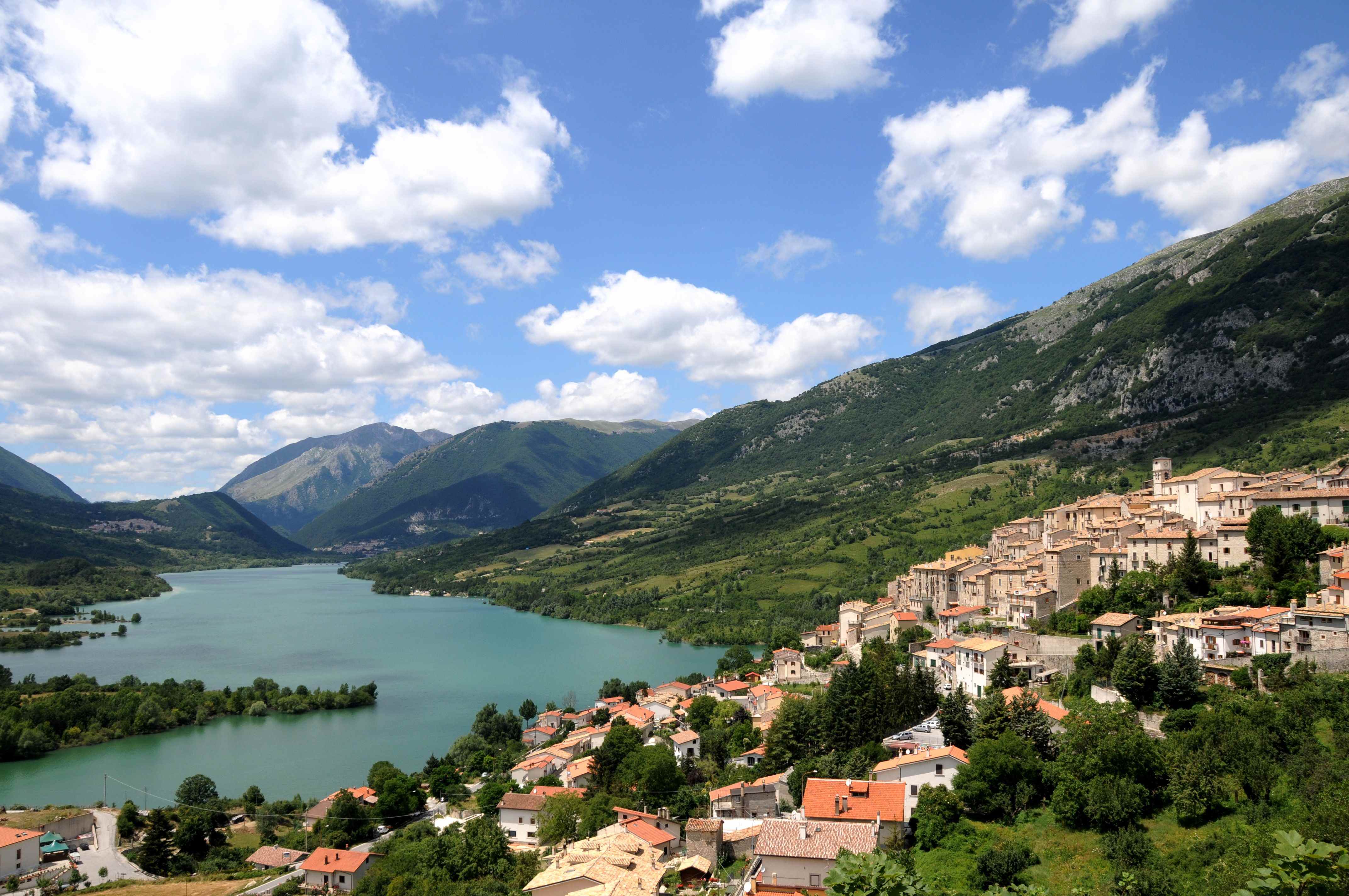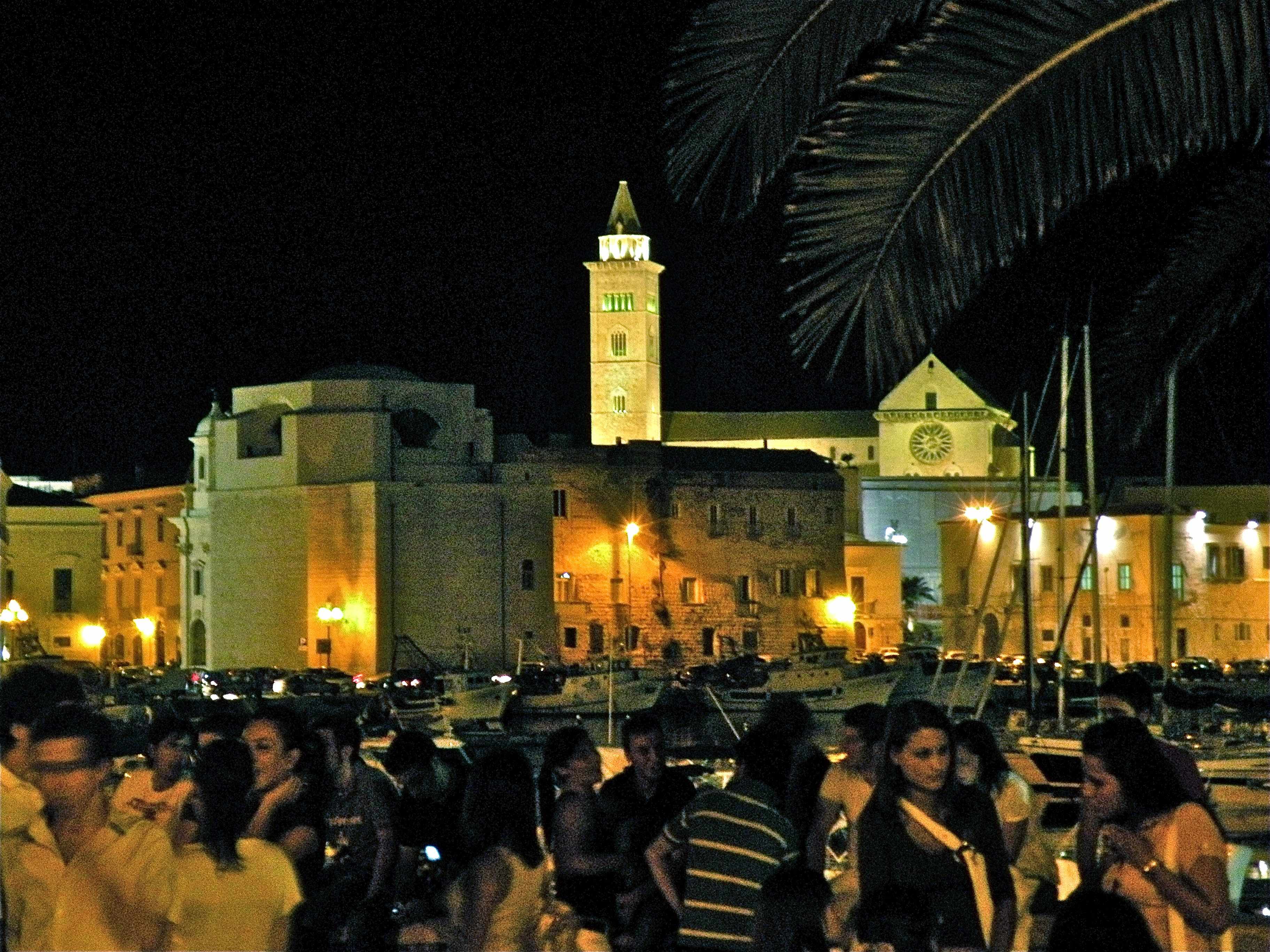 Urban integration with geography
Urban integration with geography
Those of us who write about cities should be students of history and experience, and with some humility listen to scholars and the legacy of urban development from from around the world. In that sense, a recent summary of sustainable city characteristics by Harvard Professor Joan Busquets provides considerable food for thought and exploration.
According to Busquets, the most sustainable cities integrate natural geography and systems (such as water) into the urban fabric, provide a comfortable city center and have long-lasting, flexible designs. His formula for a merger of geography, comfort and flexibility embraces many issues in today's urban dialogue, such as increasing opportunities to walk and use transit, to live closer to work and to consequently increase density the efficient use of urban space.

I take from Busquets that a sustainable city also tactfully manages the transition from rural to urban, from country to city. Today's tools seek to enhance this symbiotic town and country relationship, from the latest regional planning efforts (as recently acknowledged by Kaid Benfield) to innovative organizations such as the Cascade Land Conservancy, which has pioneered incentives for rural conservation in return for more concentrated urban development in Washington State.
Busquets describes the sustainable city as the historical city, which to me, cries for evidence -- a physical realm of the sort championed in the late Edmund Bacon's 1967 classic, Design of Cities, looking to traditional patterned interplay between people and place than modern regulatory tools.

How did this physical transition from country to city happen in history? How was the change in surroundings designed -- or not -- as one approached the city center? How did streets and alleys play magical roles in guiding travelers to anticipate arrival at focal points of commerce, government and public squares? What of angles and curves, color and light, all modified by architectural features, elevations and building materials? In times of infrastructure shortfall -- and absent the ability to redevelop major swaths of land -- this element of implementing Busquets' formulation of geography, comfort and flexibility risks jeopardy, but we should not lose sight of the inquiry and potential lessons learned.
Last week, when discussing "sustainable storefronts", I suggested that highly evolved cities successfully implement a universal urban characteristics from elsewhere in a local context. Other related building blocks covered earlier include third places, corners and fusion businesses.
Next week, while abroad, I'll be looking hard at how such building blocks can fit together again in places that largely play well with their surrounding settings -- in support of the successful integration of natural geography, comfort and flexibility along the way.
All images composed by the author in Puglia, Italy, where he will return next week.
Cross-posted on myurbanist.
